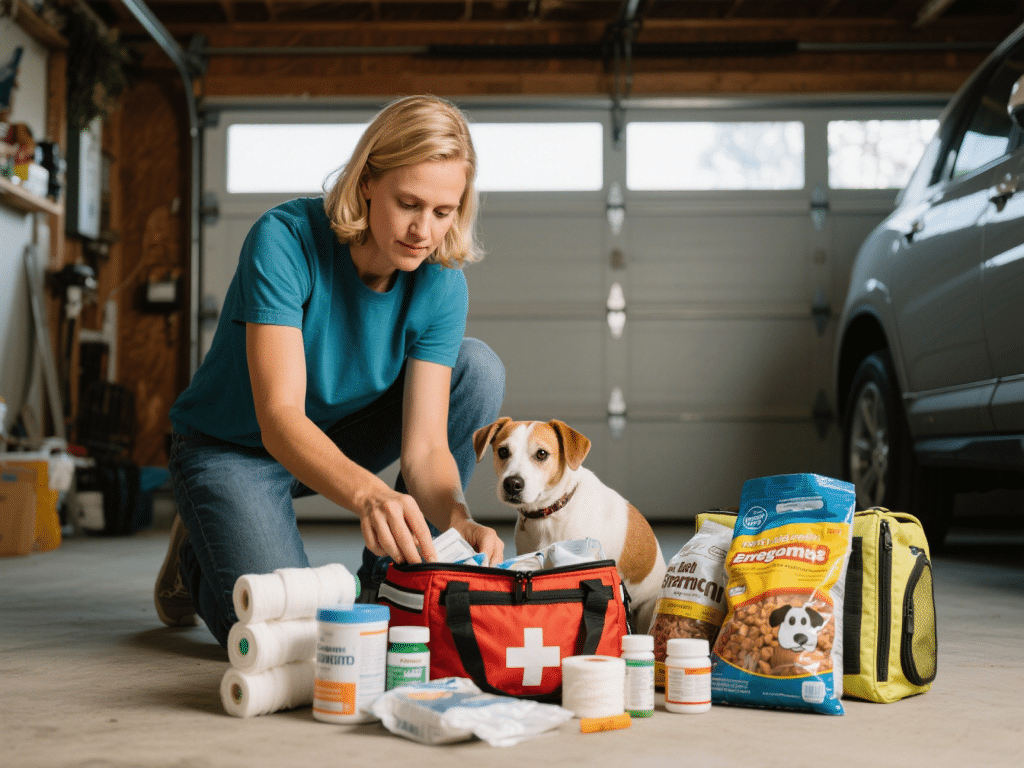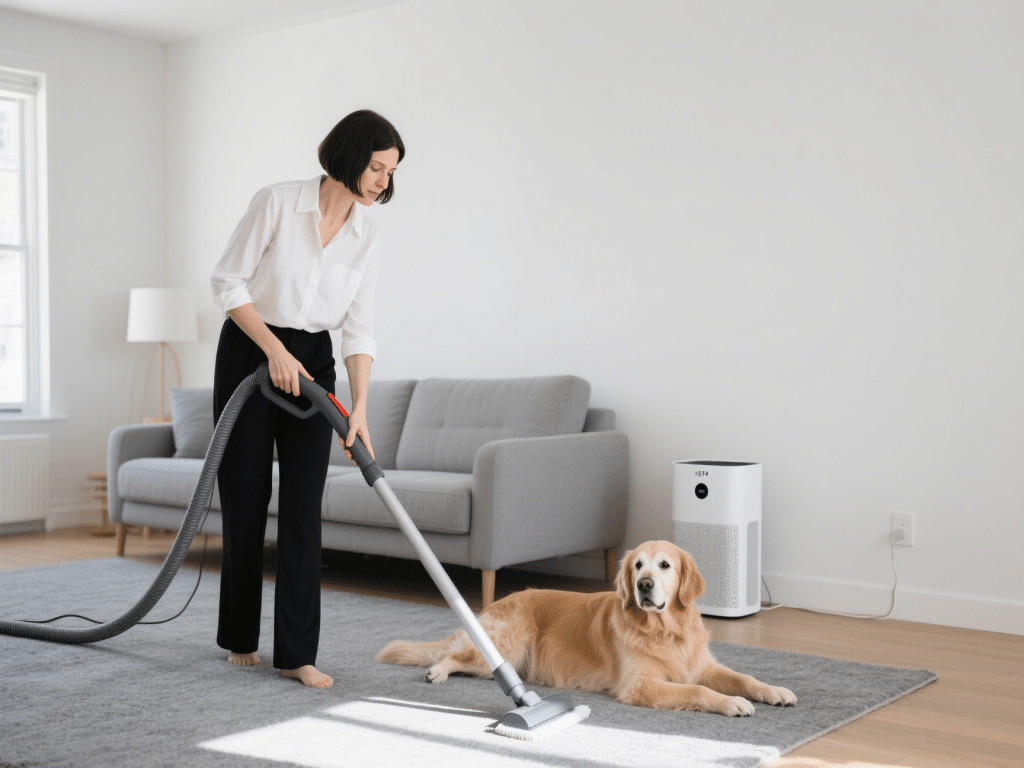Introduction
Dogs, especially intelligent breeds, can suffer from boredom when their physical and mental needs are unmet. Boredom often leads to destructive behaviors, excessive barking, or anxiety. Recognizing warning signs and providing engaging activities safeguards your dog’s well-being.
Signs of Boredom
Destructive Behavior – Chewing furniture, digging holes in the yard, or tearing up household items.
Excessive Barking or Howling – Vocalizing out of frustration or to seek attention.
Restlessness & Pacing – Unable to settle, wandering aimlessly around the house.
Overeating or Scarfing Food – Eating quickly out of frustration rather than hunger.
Attention-Seeking Behaviors – Pawing at you constantly, nudging for play, or stealing objects to initiate interaction.
Mental & Physical Enrichment Strategies
Daily Exercise
Aim for at least 30–60 minutes of brisk walking, jogging, or fetch sessions. Young, active breeds may need more.
Incorporate off-leash play in a secure area—dog parks or fenced yards provide freedom to run and socialize.
Interactive Toys & Puzzle Games
Kong toys filled with peanut butter or kibble frozen in water keep dogs busy extracting treats.
Snuffle mats hide bits of kibble in fabric strips, engaging scent-driven foraging instincts.
Hide-and-seek games: Have your dog stay or be held while you hide, then call them to find you.
Training & Obedience
Teach new tricks (roll over, play dead, fetch specific items) using positive reinforcement. Novel commands stimulate the mind.
Enroll in agility, obedience, or nose-work classes to challenge your dog and improve focus.
Rotate Toys & Environments
Keep at least five different toys and swap them weekly. Novelty prevents habituation.
Change walking routes regularly to expose your dog to new smells and sights.
Social Interaction
Schedule regular playdates with other friendly dogs; socializing strengthens canine communication skills.
Dog daycare services for occasional full-day social and play opportunities.
At-Home Boredom Busters
DIY Treat Hunt: Hide small treats around the house for your dog to sniff out.
Obstacle Courses: Use household items (chairs, broomsticks, cushions) to create simple agility courses indoors or in the yard.
Frozen Treats: Prepare frozen treats (e.g., yogurt, broth, diced vegetables) in ice cube trays for a cooling, engaging snack.
Conclusion
Dogs do get bored, and boredom can lead to negative behaviors or emotional distress. By providing structured exercise, mental challenges, and social interaction, you’ll keep your dog happy, healthy, and well-behaved. A stimulated dog is less likely to indulge in unwanted activities—and more likely to enjoy quality time with you.










Comments on "Do Dogs Get Bored? Signs and What You Can Do About It" :